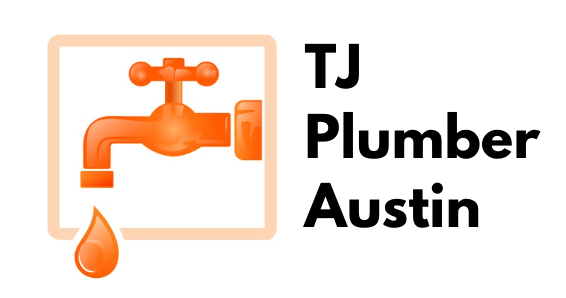TJ PLUMBER AUSTIN, TX – Plumber Near Me
Plumbing Services We Offer
If you are looking for a plumber in Austin, TX we offer residential plumbing services that encompass a wide range of tasks and solutions aimed at maintaining and improving the plumbing systems in homes. Here are some key residential plumbing services commonly offered by professionals:
1. Leak Detection and Repair
– Identifying and fixing leaks in pipes, faucets, toilets, and other fixtures to prevent water damage and waste.
2. Pipe Repair and Replacement
– Repairing damaged pipes or replacing old, corroded pipes to ensure a reliable water supply and proper drainage.
3. Drain Cleaning and Unclogging
– Clearing blockages in sinks, toilets, showers, and main sewer lines to restore proper drainage and prevent backups.
4. Water Heater Installation and Water Heater Repair
– Installing new water heaters, repairing existing units, and performing regular maintenance to ensure efficient hot water supply.
5. Sewer Cleaning Services
– Inspecting, cleaning, and repairing sewer lines to prevent sewage backups and maintain a healthy plumbing system.
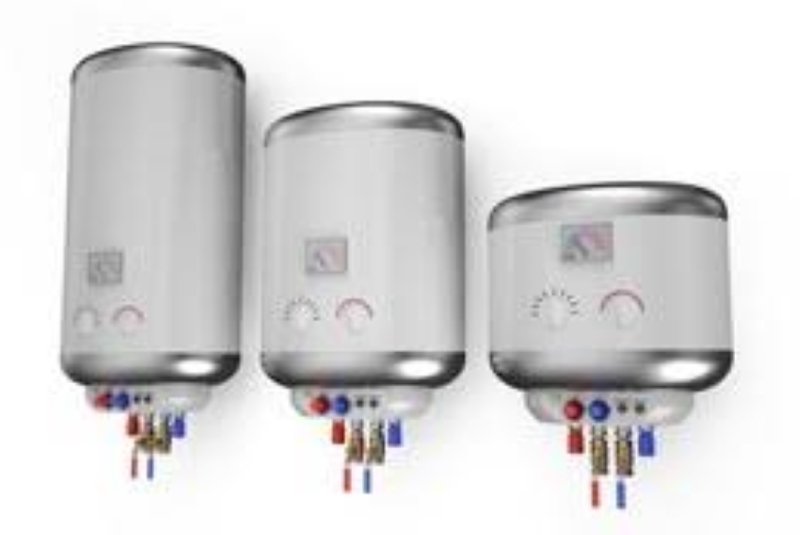
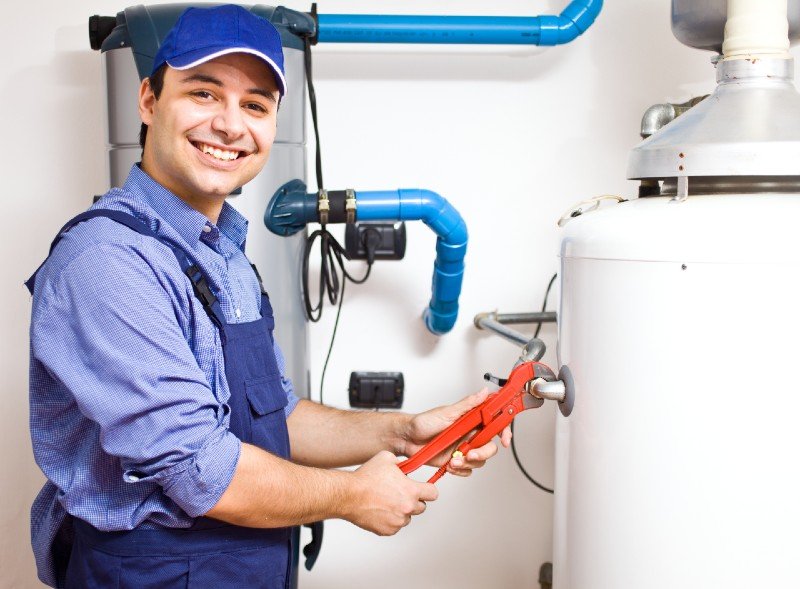
– Installing and repairing faucets, sinks, toilets, showers, bathtubs, and other plumbing fixtures to improve functionality and aesthetics.
7. Garbage Disposal Services
– Installing new garbage disposals, repairing or replacing malfunctioning units, and providing maintenance to keep disposals running smoothly.
8. Water Filtration Systems
– Installing and maintaining water filtration and purification systems to ensure clean and safe drinking water.
9. Gas Line Services
– Installing, repairing, and maintaining gas lines for appliances such as stoves, water heaters, and fireplaces.
10. Backflow Prevention
– Installing and testing backflow prevention devices to protect the home’s water supply from contamination.
11. Emergency Plumbing Services
– Offering 24/7 emergency services to address urgent plumbing issues like burst pipes, severe leaks, and sewage backups.
12. Water Pressure Issues
– Diagnosing and fixing problems related to low or high water pressure to ensure optimal water flow throughout the home.
These services help homeowners maintain their plumbing systems, address any issues promptly, and make necessary upgrades to improve their home’s overall plumbing efficiency and safety.
Call Now For A Free Estimate
Technological Advances in Plumbing: What Plumbers Are Using
Technological advances in plumbing have significantly improved the efficiency, accuracy, and capabilities of plumbing professionals. Here are some of the cutting-edge technologies that modern plumbing company near me are using:
1. Smart Leak Detectors
– Wi-Fi Enabled Devices: These devices detect leaks and send real-time alerts to homeowners’ smartphones. They can be placed near water heaters, under sinks, or anywhere leaks might occur.
– Automatic Shut-Off Valves: Some smart leak detectors can automatically shut off the water supply to prevent extensive water damage.
2. Video Inspection Cameras
– Pipe Inspection Cameras: These cameras are used to visually inspect the inside of pipes and sewer lines. They help identify blockages, cracks, and other issues without invasive digging.
– Recording and Playback: Plumbers can record the footage for detailed analysis and to show customers the condition of their pipes.
3. Trenchless Technology
– Pipe Bursting: This method involves breaking up the old pipe while simultaneously pulling a new pipe into place. It minimizes the need for extensive digging.
– Pipe Relining: A resin-coated liner is inserted into the damaged pipe, which hardens and forms a new pipe within the old one. This technique is less disruptive and cost-effective.
4. Hydro Jetting
– High-Pressure Water Jetting: This technique uses high-pressure water to clean out pipes and sewer lines. It’s effective at removing grease, scale, and other debris that traditional methods might miss.
– Eco-Friendly: Hydro jetting is a chemical-free way to clean pipes, making it environmentally friendly.
5. Advanced Pipe Materials
– PEX (Cross-Linked Polyethylene): PEX piping is flexible, resistant to scale and chlorine, and has a longer lifespan than traditional materials like copper.
– CPVC (Chlorinated Polyvinyl Chloride): This material is used for hot and cold water lines and is resistant to corrosion and chemical damage.
6. Smart Water Heaters
– Wi-Fi Connectivity: Modern water heaters can be controlled via smartphone apps, allowing users to adjust temperatures, monitor usage, and receive maintenance alerts.
– Energy Efficiency: Smart water heaters optimize energy use, reducing utility bills and environmental impact.
7. Building Information Modeling (BIM)
– 3D Modeling: BIM software creates detailed 3D models of plumbing systems, aiding in design, installation, and maintenance. It helps detect potential issues before installation.
– Collaboration: BIM allows for better collaboration between architects, engineers, and plumbers, ensuring more efficient project completion.
8. Greywater Recycling Systems
– Water Conservation: These systems collect and treat greywater (from sinks, showers, and laundry) for reuse in irrigation and toilet flushing, reducing water waste.
– Automated Systems: Modern greywater systems use sensors and automation to efficiently manage water collection and distribution.
9. Augmented Reality (AR)
– On-Site Diagnostics: AR can be used for real-time visualization of plumbing systems, helping plumbers see behind walls and under floors without invasive methods.
– Training and Support: AR provides an interactive way to train plumbers and offer remote support from experts.
10. Eco-Friendly Plumbing Fixtures
– Low-Flow Toilets and Faucets: These fixtures use less water without compromising performance, helping conserve water and reduce utility bills.
– Touchless Faucets: Sensor-activated faucets reduce water waste and improve hygiene by minimizing touchpoints.
11. Electronic Pressure Regulators
– Consistent Water Pressure: These devices automatically adjust water pressure to optimal levels, protecting pipes and fixtures from damage due to high pressure.
– Remote Monitoring: Some models offer remote monitoring and control, providing real-time data on water pressure.
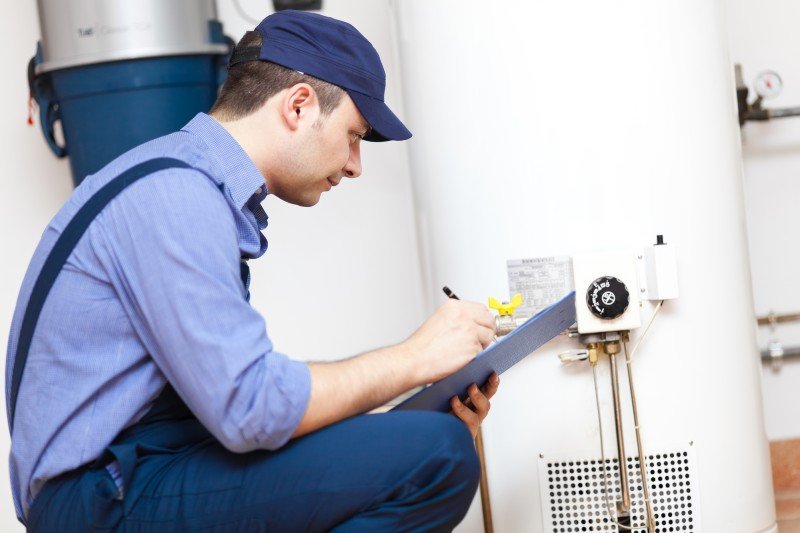
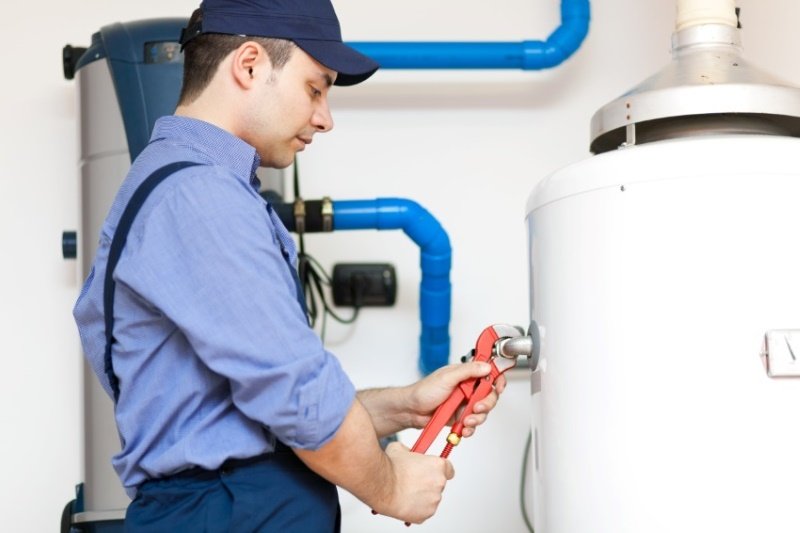
Call Now For A Free Consultation
Plumber Near Me
If you are looking for plumber near me in Austin, TX we offer local plumbing maintenance refers to the routine inspection, cleaning, and repair of a home’s plumbing system to ensure its efficient and safe operation. Regular plumbing maintenance helps prevent major issues, extends the lifespan of the plumbing components, and saves homeowners from costly repairs. Here’s a detailed overview of what plumbing maintenance involves:
1. Routine Inspections
– Visual Checks: Regularly inspecting visible pipes, fixtures, and appliances for signs of wear, corrosion, or leaks.
– Professional Inspections: Hiring a licensed plumber to perform a thorough inspection of the entire plumbing system, including hidden or hard-to-reach areas.
2. Leak Detection and Repair
– Faucets and Fixtures: Checking faucets, showerheads, and other fixtures for drips and leaks. Replacing worn-out washers, gaskets, or the entire fixture if necessary.
– Pipes: Inspecting exposed pipes for leaks or corrosion and repairing any damaged sections promptly.
3. Drain Cleaning
– Preventative Cleaning: Regularly cleaning drains to prevent clogs and slow drainage. This can involve using drain cleaners, plungers, or plumbing snakes.
– Professional Cleaning: Periodically hiring a plumber to perform professional drain cleaning using tools like hydro-jetting to thoroughly clean and clear pipes.
4. Water Heater Maintenance
– Flushing the Tank: Draining and flushing the water heater tank to remove sediment buildup, which can affect efficiency and lifespan, necessitating water heater replacement.
– Inspecting Components: Checking the anode rod, pressure relief valve, and thermostat for proper operation and replacing any faulty parts.
5. Pipe Insulation
– Winterization: Insulating exposed pipes, especially in unheated areas, to prevent freezing and bursting during cold weather.
– Energy Efficiency: Insulating hot water pipes to reduce heat loss and improve energy efficiency.
6. Sump Pump Maintenance
– Testing: Regularly testing the sump pump to ensure it activates and works properly during heavy rains or flooding.
– Cleaning: Cleaning the sump pit and pump to remove debris and prevent blockages.
7. Fixture Maintenance
– Toilets: Checking for running toilets, which can waste water. Inspecting and replacing worn-out flappers, fill valves, and other components as needed.
– Garbage Disposals: Cleaning and maintaining garbage disposals to prevent jams and ensure smooth operation.
Got Questions? Call Now To Get Answers
How to Tell You Have a Plumbing Emergency
Identifying a plumbing emergency is crucial to preventing significant damage to your home and ensuring your safety. Here are key signs that indicate you have a plumbing emergency and should contact a professional plumber immediately:
1. Burst Pipes
– Visible Water: If you see water gushing from pipes, it’s a clear sign of a burst pipe. This can cause severe water damage to your home.
– Unexplained Puddles: Puddles of water around the house, especially near walls or floors, can indicate a burst pipe inside walls or under the floor.
2. Severe Leaks
– Constant Dripping: Persistent and significant dripping from pipes or fixtures that cannot be stopped with basic measures.
– Wet Spots: Damp or wet spots on walls, ceilings, or floors where no water should be present.
3. Sewage Backups
– Foul Odor: A strong, unpleasant smell of sewage in your home is a critical sign of a sewage backup.
– Water Backing Up: Water backing up from drains or toilets, especially if it comes up in more than one fixture (e.g., water coming up from a shower drain when the toilet is flushed).
4. No Water Supply
– Complete Loss of Water: If your home suddenly has no water supply at all, it could be due to a major pipe break or severe blockage.
– Partial Loss: Significant reduction in water pressure throughout the house can also indicate a serious problem.
5. Overflowing Toilets
– Continuous Overflow: If a toilet continues to overflow and you can’t stop it by plunging, it indicates a blockage that needs immediate attention.
6. Frozen Pipes
– Lack of Water Flow: In cold weather, if you notice no water flow from faucets, pipes might be frozen. Frozen pipes can burst, leading to significant damage.
– Frost on Pipes: Visible frost or ice on pipes is a clear indicator they are frozen and at risk of bursting.
7. Gas Leaks
– Smell of Gas: The smell of rotten eggs or sulfur indicates a gas leak, which is extremely dangerous.
– Hissing Sound: A hissing sound near gas lines or appliances is a sign of a gas leak.
8. Water Heater Issues
– No Hot Water: If your water heater stops producing hot water or leaks, it can indicate a serious problem.
– Leaks: Water pooling around the base of the water heater suggests a leak or failure that needs immediate attention.
9. Extensive Clogs
– Multiple Clogs: If several fixtures are clogged simultaneously, it could indicate a main sewer line blockage.
– Slow Drains: If all drains in your house are slow, it could be a sign of a significant blockage in the main line.
10. Flooding
– Basement Flooding: Water accumulating in the basement can indicate a serious plumbing issue such as a sump pump failure or burst pipe.
– Yard Flooding: Water pooling in your yard, especially near the foundation, can indicate a broken underground pipe.
What to Do During a Plumbing Emergency
1. Turn Off the Water Supply: Locate the main water shut-off valve and turn it off to prevent further water damage.
2. Shut Off Power: If water is near electrical appliances or outlets, turn off the electricity to avoid electrocution.
3. Call a Plumber: Contact a licensed emergency plumber immediately to address the issue.
4. Mitigate Damage: Use towels, buckets, and other tools to contain or redirect water to minimize damage.
5. Avoid Using Fixtures: Do not use any plumbing fixtures until the problem is resolved to prevent further complications.
Recognizing these signs and acting swiftly can help you minimize damage and ensure the safety of your home and family.
Main Zip Codes of The City of Austin, TX
Austin, Texas, is a large city with numerous zip codes covering various neighborhoods and districts. Here are some of the main zip codes in Austin:
Central Austin
– 78701: Downtown Austin, including the Central Business District and parts of the University of Texas.
– 78702: East Austin, known for its cultural diversity, art scene, and vibrant community.
– 78703: Old West Austin, Tarrytown, and Pemberton Heights, featuring historic homes and upscale living.
– 78704: South Austin, including the popular neighborhoods of Zilker, South Congress (SoCo), and Barton Hills.
– 78705: University of Texas area and West Campus, heavily populated by students.
North Austin
– 78723: Mueller, Windsor Park, and the surrounding areas, known for the redevelopment of the former airport site.
– 78727: North Austin, including areas like Scofield Farms and Wells Branch.
– 78729: Northwest Austin, including parts of the Anderson Mill neighborhood.
South Austin
– 78745: South Austin, encompassing neighborhoods like Cherry Creek and Garrison Park.
– 78748: South Austin, including areas like Shady Hollow and the Southpark Meadows area.
– 78749: Southwest Austin, featuring neighborhoods like Circle C Ranch and Western Oaks.
East Austin
– 78721: East Austin, including the Johnston Terrace neighborhood.
– 78724: East Austin, including the Colony Park area.
West Austin
– 78731: Northwest Hills, Allandale, and Far West neighborhoods, known for their hilly terrain and scenic views.
– 78746: West Austin, covering areas like Westlake Hills and Rollingwood, known for their upscale homes and excellent schools.
– 78750: Northwest Austin, including the areas around Balcones Country Club.
Other Notable Zip Codes
– 78741: Southeast Austin, including Riverside and the East Riverside-Oltorf area.
– 78744: Southeast Austin, including Dove Springs and Onion Creek.
– 78753: North Austin, covering areas like North Lamar and Georgian Acres.
– 78758: North Austin, including the North Burnet area and the Domain shopping district.
These zip codes cover a broad range of neighborhoods and districts, each with its own unique characteristics and communities. Austin’s diverse and expansive geography is reflected in the variety of its zip codes, catering to different lifestyles and preferences.
TJ PLUMBER AUSTIN
3605 Thompson St, Austin, TX 78702
Hours of Operation
Mon Open 24 hours
Tue Open 24 hours
Wed Open 24 hours
Thu Open 24 hours
Fri Open 24 hours
Sat Open 24 hours
Sun Open 24 hours
